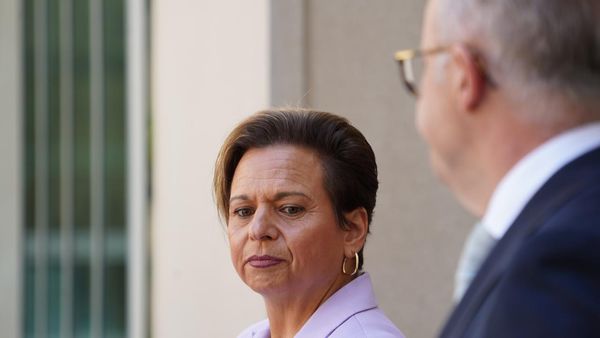
The Department of Government Efficiency (DOGE), led by billionaires Elon Musk and Vivek Ramaswamy, has set an ambitious goal of slashing at least $2 trillion from the federal budget. The duo has identified key areas for potential cuts, including the Internal Revenue Service, Department of Education, Federal Bureau of Investigation, and Nuclear Regulatory Commission. They also plan to scrutinize foreign aid, defense spending, and inaccurate government payments.
However, experts caution that achieving such significant budget reductions would be challenging. A substantial portion of federal spending is allocated to mandatory programs like Social Security, Medicare, and interest on the federal debt, which are legally mandated. Discretionary spending, which Congress approves annually, constitutes less than one-third of the budget, with a significant portion allocated to defense programs.
Where Taxpayer Dollars Are Allocated
The federal workforce is another area targeted by Musk and Ramaswamy, who propose downsizing by requiring employees to return to the office. Currently, less than half of federal civilian workers are eligible to telecommute, with many still spending the majority of their working hours in offices.



Despite criticisms of federal bureaucracy, the size of the federal workforce has remained relatively stable over the past five decades, even as the government has expanded its programs and services. Former President Bill Clinton notably reduced the workforce by over 400,000 during his tenure, aiming to 'reinvent' the government. However, the events of September 11, 2001, led to a halt in downsizing efforts, with subsequent increases in intelligence and homeland security personnel.
Advocates for an effective federal government emphasize the essential services provided by federal employees to the public. The Partnership for Public Service, a nonprofit organization, highlights the importance of maintaining an efficient and capable federal workforce.







